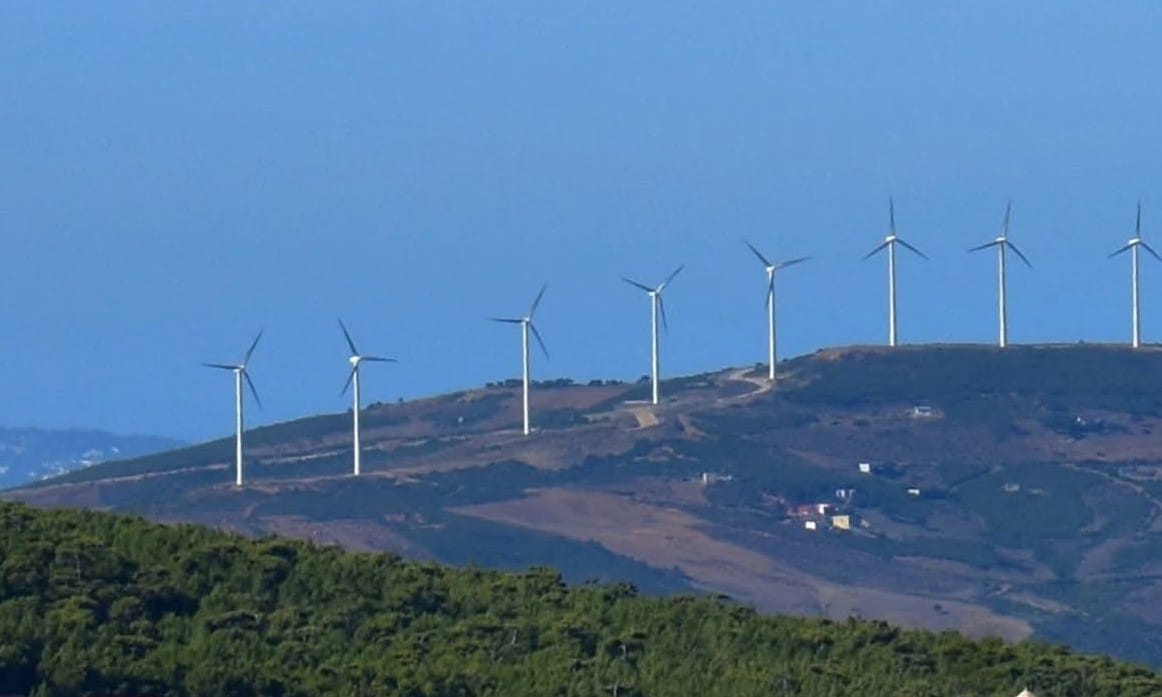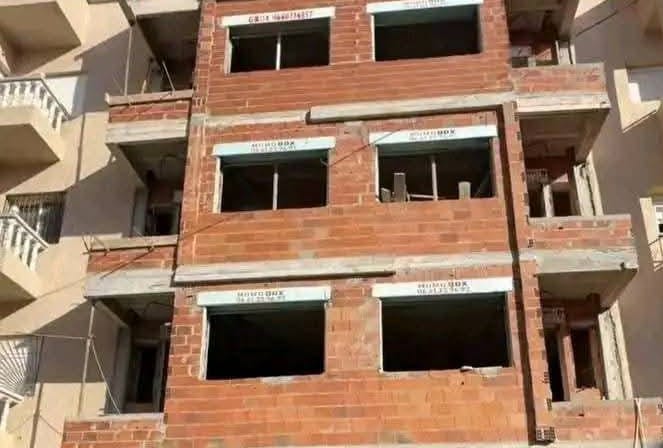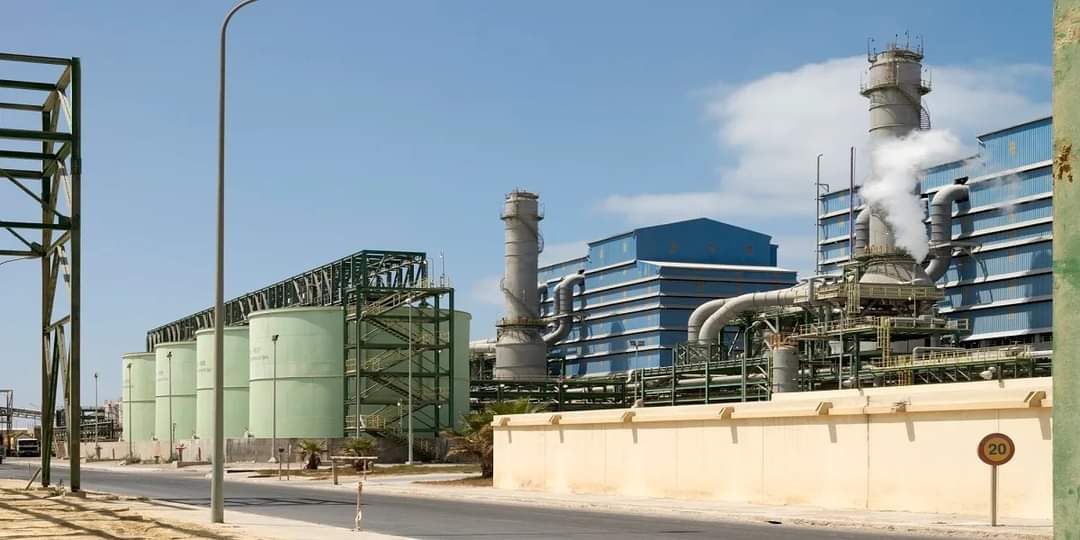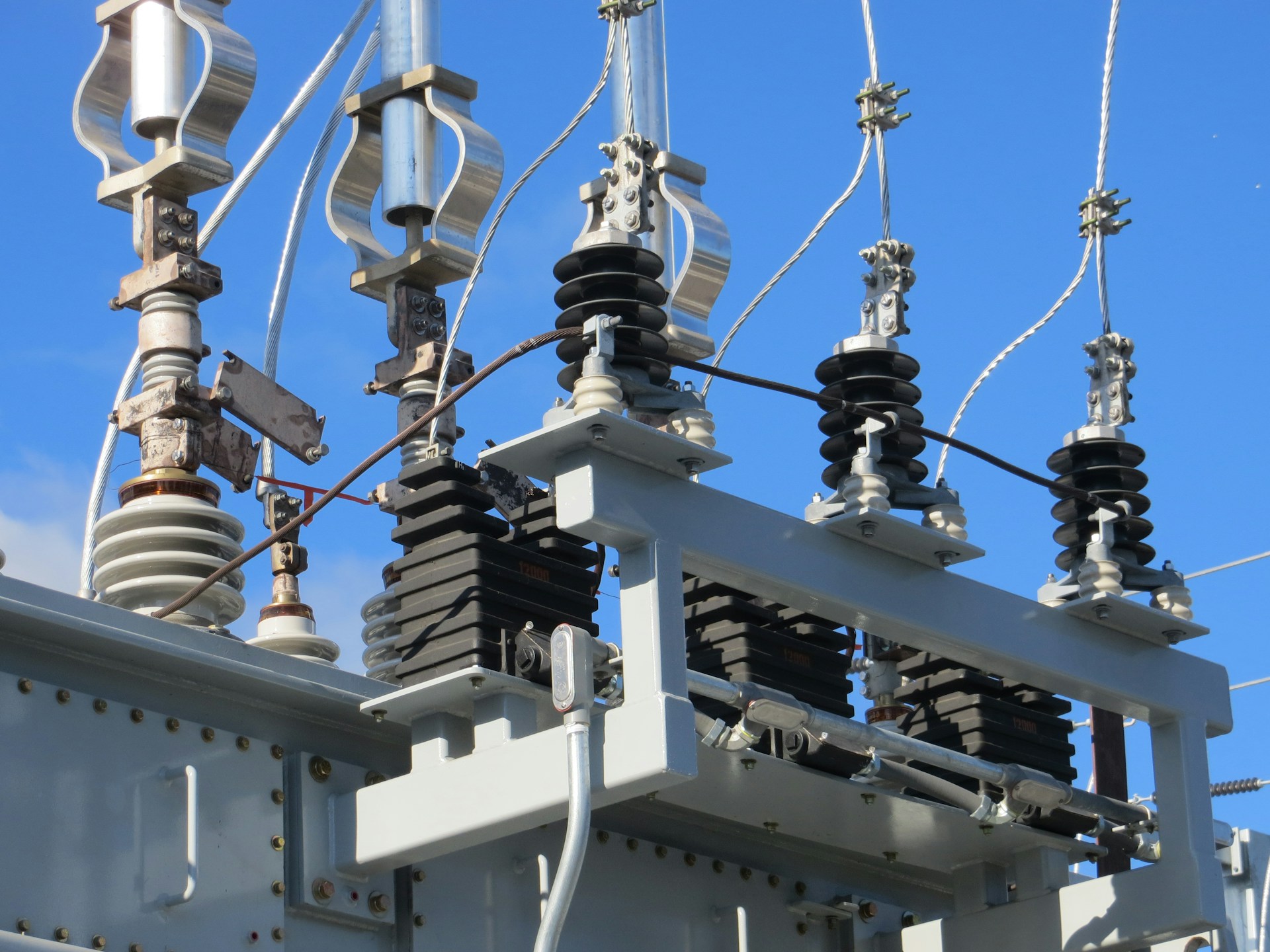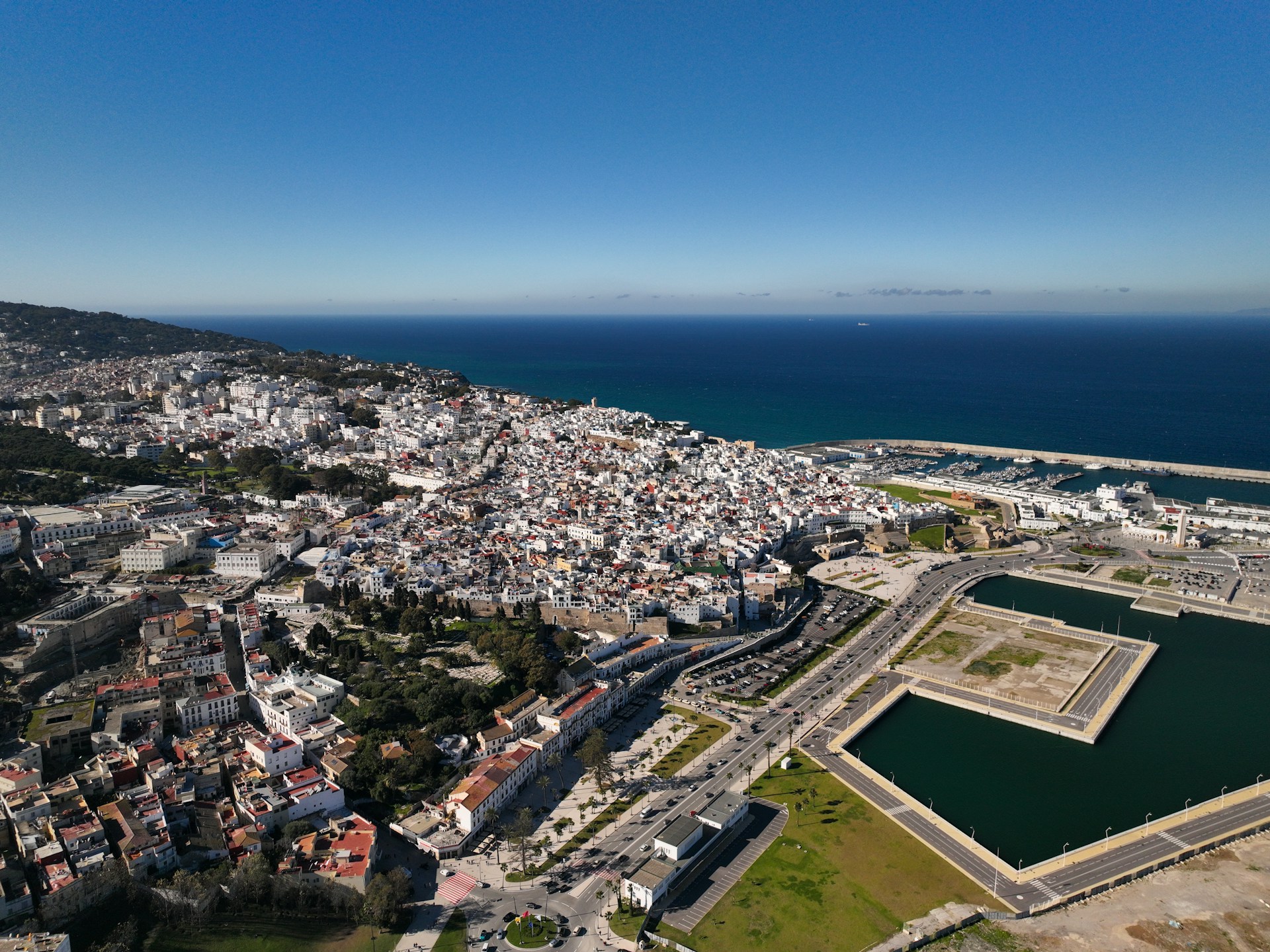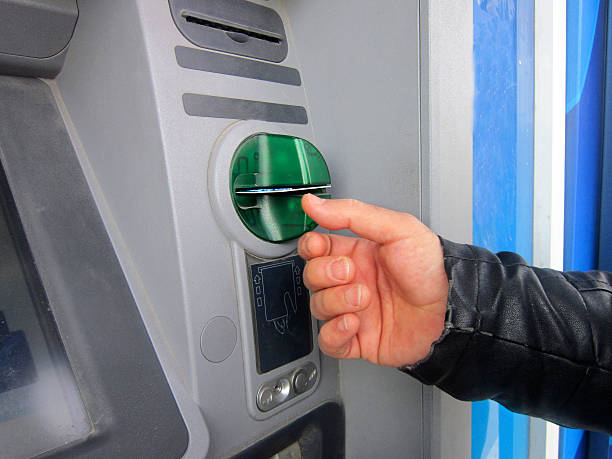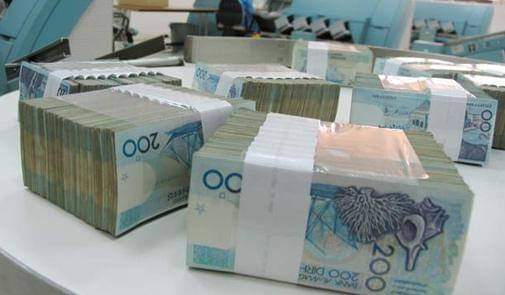Casablanca – Morocco’s real estate sector is showing renewed vigor in the third quarter of 2025, with both property prices and transaction volumes rebounding strongly, according to recent data jointly released by Bank Al-Maghrib and the National Agency for Land Conservation, Cadastre, and Cartography (ANCFCC). This positive trend marks a notable recovery after a period of sluggishness and underlines a robust appetite across market segments, from residential to professional use and land.
Steady price growth across all property types
The Real Estate Asset Price Index (IPAI) climbed 1.2 percent year-on-year in Q3 2025, with broad-based strength across the three major asset classes: residential properties saw a 1.5 percent increase, professional-use real estate rose 1.4 percent, and land prices advanced by 1 percent. On a quarterly basis, the IPAI also rose 1.1 percent, highlighting that the recovery is not limited to annual comparisons.
According to the report, the residential segment continues to drive much of the growth. Within this segment, both apartments and houses have seen upward pressure. In contrast, older high-end villas appear under slightly different dynamics: in one breakdown, villa prices reportedly declined by 0.8 percent on a quarterly basis, even as the broader residential index increased.
Transaction volumes bounce back sharply
Prices are not the only metric on the upswing — the volume of property transactions registered a powerful rebound. Compared to the same quarter last year, total real estate transactions surged by 26.6 percent. This growth was powered especially by professional-use properties, which recorded a remarkable 56.2 percent increase in sales, underlining strong business or commercial demand. Residential property sales climbed 25.7 percent, while land transaction volumes grew 21 percent.
Quarter-to-quarter activity also strengthened, with overall transactions up 14 percent from Q2 to Q3 2025. The residential category alone saw 15.7 percent more deals, land transactions increased 9.3 percent, and professional-use property transactions rose 12 percent. Such a rebound indicates not only pent-up demand but renewed confidence among buyers and developers alike.
Regional variations: disparate trends in key cities
While national figures paint a broadly optimistic picture, the data reveal notable regional differences in both pricing and transactions, particularly among Morocco’s major cities.
- Rabat: The capital leads with the strongest price growth, reporting a 3.2 percent quarterly increase in the IPAI. Within this, residential and professional-use assets rose by 3.4 percent and 3.2 percent, respectively, though land prices dipped 1.4 percent. Transaction volumes in Rabat zoomed 27.4 percent, fueled by jumps of 26.1 percent in residential sales, 24.2 percent in land deals, and a very robust 48.8 percent in professional property sales.
- Casablanca: The economic capital recorded more moderate but solid momentum. Prices rose by 1.2 percent quarter-on-quarter, driven by a 1.3 percent increase in residential and a 1.7 percent gain in land prices. Professional-use property prices remained largely flat. On the transaction side, Casablanca saw a 23.7 percent jump in sales, mainly from residential (+26.7%) and professional-use (+17.9%) properties, although land transactions fell 8.5 percent.
- Marrakech: The famed tourist city presented a mixed picture. Overall price increases in Marrakech were modest, about 1.0 percent over the quarter, with a 1.4 percent rise in residential and 1.9 percent in land, while professional-use properties ticked up only 0.1 percent. However, total transactions dipped 0.5 percent, primarily due to a sharp 27.8 percent drop in professional property sales, even as residential sales edged up 0.6 percent and land deals grew 7.9 percent.
- Tangier: The city in northern Morocco experienced healthy growth. The IPAI climbed 1.8 percent, including a 0.8 percent rise in residential prices and a very strong 4.3 percent increase in land. Professional-use property prices declined by 5.2 percent, but transaction volume expanded by 19.4 percent overall — thanks to a 23.3 percent surge in residential sales and a 7.2 percent rise in land transactions.
Drivers and implications of the recovery
According to market commentators, several factors underlie the recent upswing. Rising building-material costs and high land prices in urban areas remain central pressures. In large cities like Casablanca, Rabat, Marrakech, and Tangier, developers face limited availability of buildable land, which constrains supply and pushes up prices. At the same time, despite higher costs, demand remains strong — especially among middle-class buyers.
Part of the resurgence in transactions may also reflect renewed consumer confidence and more favorable financing conditions. After a period of weak demand, the return of activity suggests that buyers are once again willing to invest, and developers are prepared to launch new projects — especially where profitability remains viable.
However, experts warn that the equation remains delicate. In major cities, the cost of land remains a major barrier, particularly for developers who want to build affordable housing. For state-supported projects, low margins may discourage investment if the cost structure, especially land cost, is not addressed.
The uneven regional dynamics reinforce this tension. While Rabat and Casablanca are leading the charge, smaller and mid-sized cities may benefit more in the long term from state-supported housing programs — especially where land is more affordable and easier to develop.
Outlook: cautious optimism
Looking ahead, the current trend may continue if demand remains strong and financing conditions stay favorable. If developers can secure land at reasonable prices, and if the state maintains or strengthens incentives, new supply could be unlocked. This would help stabilize pressure on housing costs in major cities and possibly lead to a more balanced market.
At the same time, without careful planning and land management, affordability could become a pressing issue — especially for middle-income buyers in expensive urban centers. For now, the real estate market in Morocco appears to be back on a positive trajectory, but its long-term health will likely depend on how well supply-side challenges are managed.



